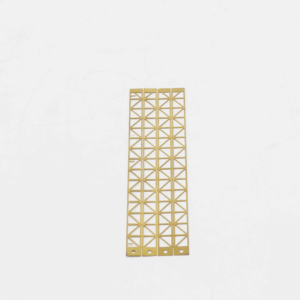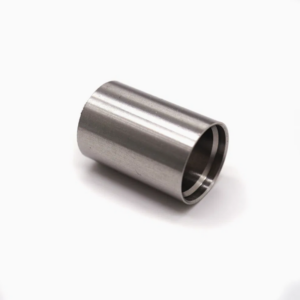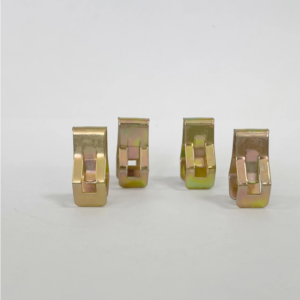At Topmetalstamping, we understand the importance of high-quality metal parts that meet strict performance standards. Whether you’re working on an intricate design or mass production, achieving a flawless finish is crucial for the final product. One of the most important steps in ensuring your metal parts meet these standards is the deburring process. Deburring is the key to achieving smooth, defect-free surfaces on metal parts, making them safer, more functional, and aesthetically pleasing.
In this blog, we’ll explore what deburring is, its significance in manufacturing, and the various techniques used to remove burrs. By understanding this essential process, you’ll gain insight into how it can help improve the quality and longevity of your products, ensuring they perform reliably in their intended applications.
What Is Deburring?
Deburring is the process of removing unwanted protrusions, or burrs, that remain on the surface of a workpiece after it has been cut, stamped, or shaped during manufacturing. These burrs are typically formed when a material undergoes deformation or shearing during the cutting process. Not only do burrs affect the appearance of a part, but they can also interfere with the assembly process, cause mechanical failures, and pose safety hazards.
Burrs are often sharp, uneven, and can impact the performance of a part. If not properly removed, they can cause malfunctions or even damage surrounding components. This is why deburring is such a vital step in modern manufacturing processes. By removing burrs, manufacturers can ensure their products meet precise specifications, making them more reliable, easier to assemble, and safer to use.
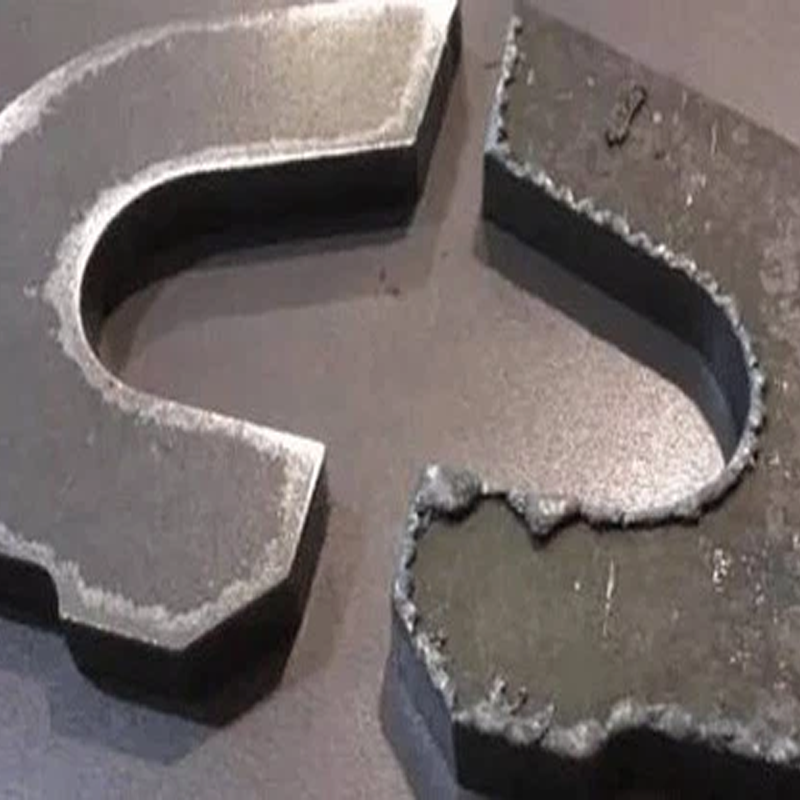
What Causes Burrs?
Burrs can form during various stages of metal processing, each with its own set of causes. Understanding these factors is crucial in preventing and addressing burr formation during manufacturing:
- Cutting Stage: When tools such as shearing blades or saw blades become dull, they fail to effectively cut through the material. This results in burrs along the cutting edge.
- Stamping Stage: Over time, the punching tool can wear out, causing uneven cutting edges and the formation of burrs on the workpiece.
- Thermal Cutting: In processes like flame cutting, improper flame settings—such as incorrect speed, excessive or insufficient flame intensity—can lead to burr formation.
- Welding: Inconsistent welding techniques or equipment malfunction can result in irregular surfaces and burrs on the weld bead, creating additional finishing work.
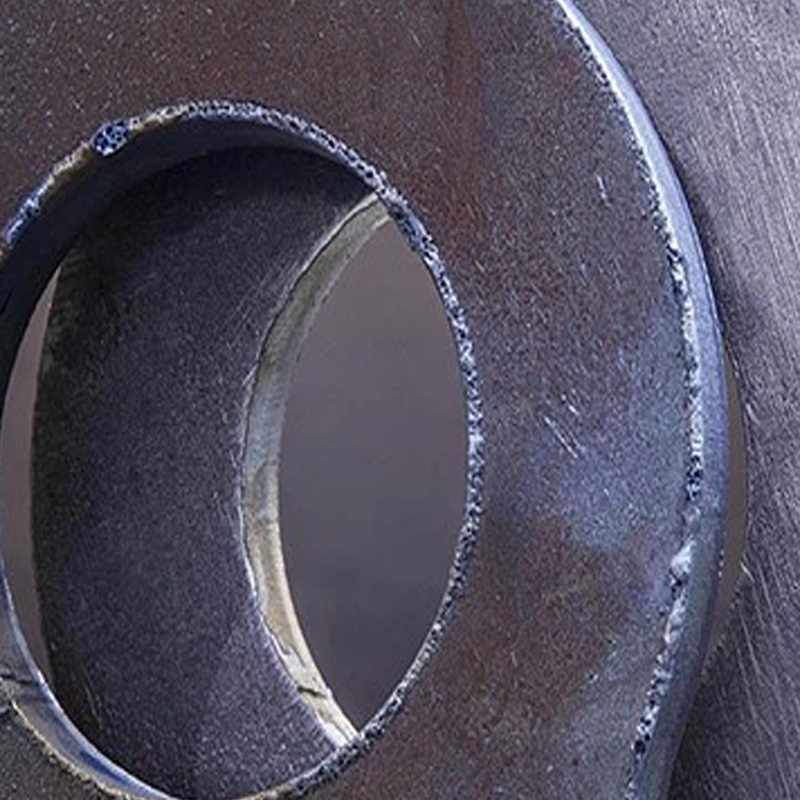
Types of Burrs
Burrs come in various forms, and they can be categorized into four main types:
- Flip Burrs: These are the most common type of burr. They occur when the material rolls over during stamping, causing small pieces of metal to flip and protrude from the surface.
- Poisson Burrs: These burrs form when excessive squeezing or pressure occurs during the cutting process. The workpiece material deforms plastically, causing the burrs to form along the edges.
- Separation Burrs: These burrs result from material separation during processing, often occurring at the edge or fracture point. They create excess material along the edge, resulting in a protrusion or bulge.
- Cutting Burrs: As the name suggests, cutting burrs form during the actual cutting process of metal materials. They are typically found along the cutting edges of the workpiece.
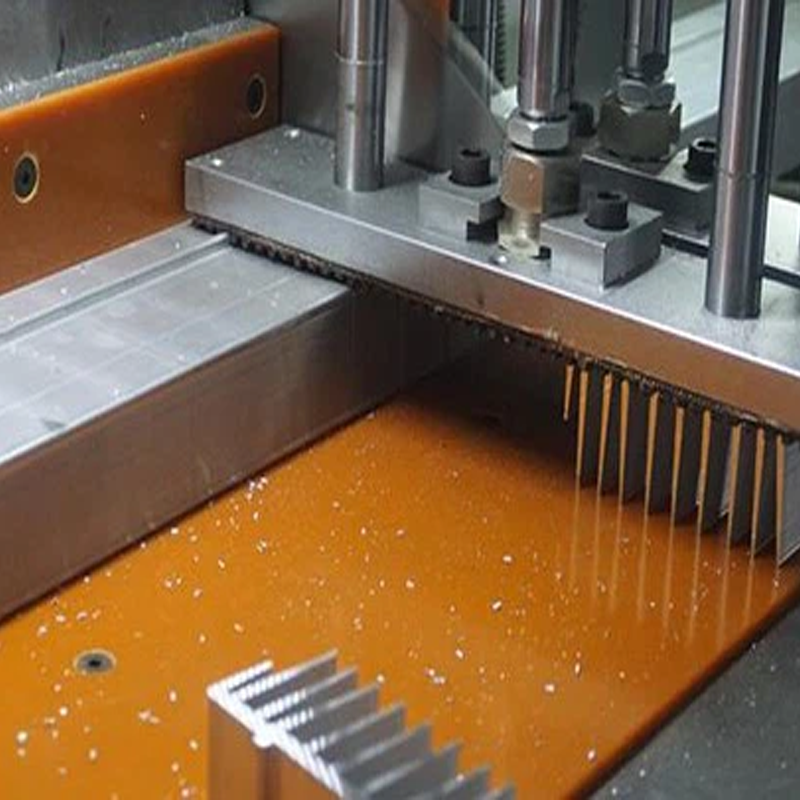
Why Is Deburring Important?
Burrs can cause significant issues if left unaddressed. Here are some of the main reasons why burr removal is essential:
- Precision and Accuracy: Burrs compromise the precision of parts and can affect the accuracy of measurements and tolerances.
- Assembly Issues: Burrs can interfere with the smooth assembly of parts, especially in automated processes, leading to jams or operational failures.
- Equipment Damage: In electrical systems, burrs can cause short circuits or other damage during operation, leading to costly repairs and downtime.
- Friction and Wear: Burrs on the surface of parts can increase friction, accelerating wear and reducing the lifespan of components.
- Seal Failures: On shaft components, burrs can damage seals, leading to leaks and other performance issues.
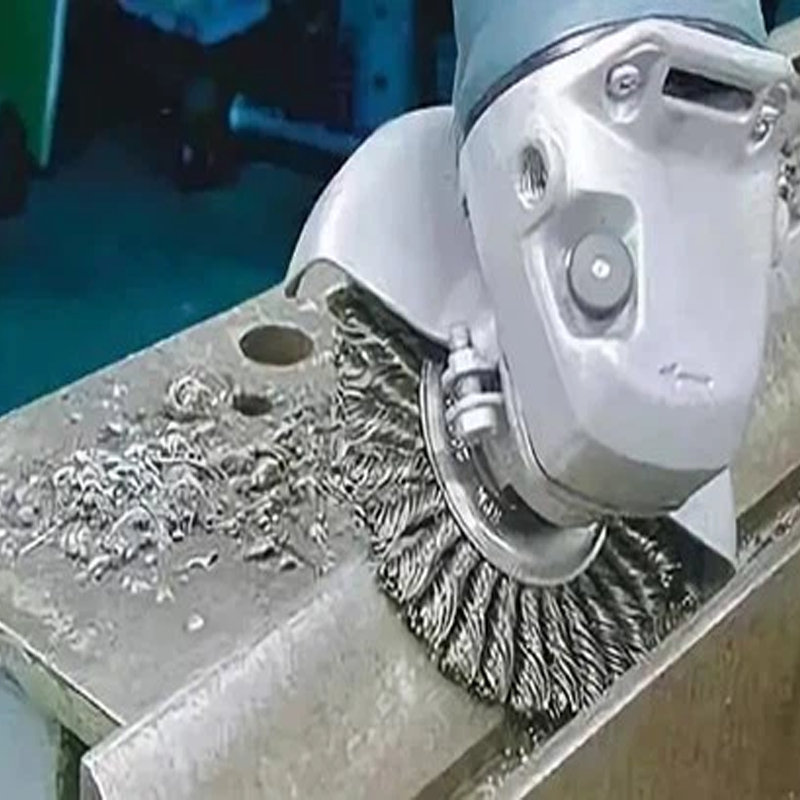
How to Prevent Burrs
While deburring is necessary for ensuring the quality of your products, it’s always better to prevent burrs from forming in the first place. Here are some strategies to minimize the occurrence of burrs during the manufacturing process:
- Tool Angle Adjustments: Increasing the front angle of the cutting tool can reduce the likelihood of burr formation.
- Reducing Cutting Thickness: Reducing the thickness of the material being cut can help prevent excessive deformation.
- Heat Treatment: Heat treating the workpiece material can reduce plastic deformation and minimize burr formation.
- Using Anti-Adhesion Fluids: Using cutting fluids with anti-adhesion properties can help reduce burrs by preventing chips from sticking to the tool.
- Adjusting Cutting Speeds: Fine-tuning the cutting speed based on the material’s plasticity can help prevent burr formation.
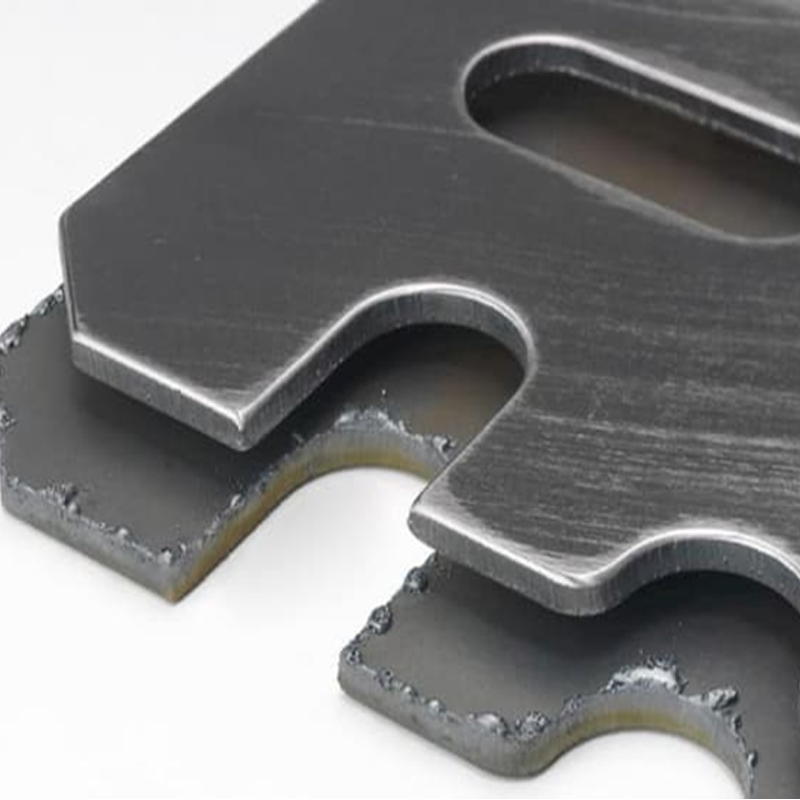
Methods for Removing Burrs
There are various techniques for removing burrs, each suited for different materials, part designs, and production volumes. Below are some common deburring methods:
- Manual Deburring: This method involves using tools such as files, sandpaper, and trimming knives to manually remove burrs.
- Die Deburring: Specialized dies are used to remove burrs by punching or trimming the workpiece.
- Grinding and Abrasive Deburring: Techniques like vibratory grinding, sandblasting, and roller deburring are commonly used in industries to efficiently remove burrs.
- High-Temperature Deburring: This technique involves placing parts in a sealed chamber and using a controlled explosion of hydrogen-oxygen gas to burn off burrs without damaging the part.
- Electrochemical Deburring: In this process, an electrolytic reaction removes burrs by dissolving them through an electrolyte solution.
- Electrolytic Deburring: This method uses electrolysis to remove burrs from metal parts by applying an electric current.
- High-Pressure Water Jet Deburring: Water jets are used to remove burrs by applying high-pressure water to the part.
- Ultrasonic Deburring: Ultrasonic waves are used to remove fine burrs, especially on small or delicate parts.
- Freezing Deburring: This technique exploits the brittleness of metals at low temperatures to make burrs more easily removable through projectile spraying.
- CNC Engraving Deburring: CNC machines are used to precisely remove burrs from parts through engraving or milling.
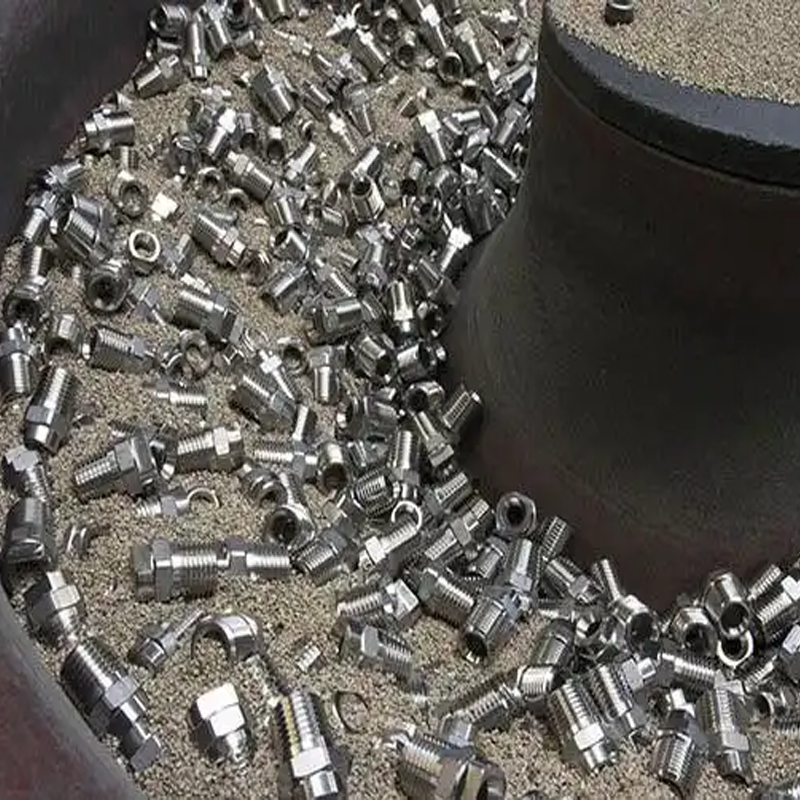
Conclusion
Burrs are an unavoidable result of metal processing, but their removal is essential for ensuring the quality, functionality, and longevity of parts. By using the proper deburring techniques, manufacturers can enhance the precision, safety, and performance of their products. At Topmetalstamping, we specialize in precision metal stamping and offer a wide range of deburring solutions to meet your manufacturing needs. If you’re looking for high-quality, burr-free metal parts, we are here to provide you with the expertise and tools to get the job done right.Contact us today to learn more about our deburring services and how we can help you achieve flawless results in your next project.

